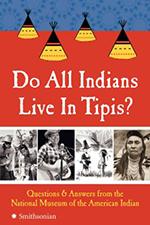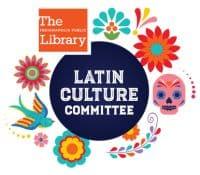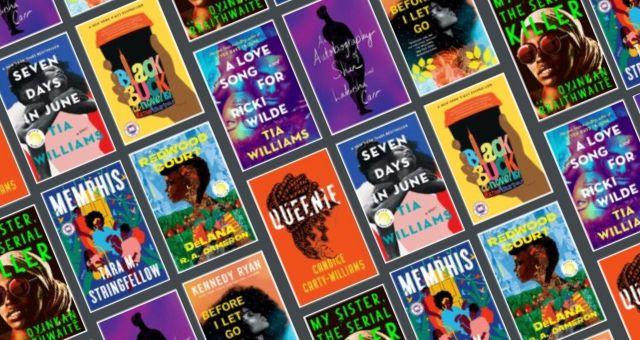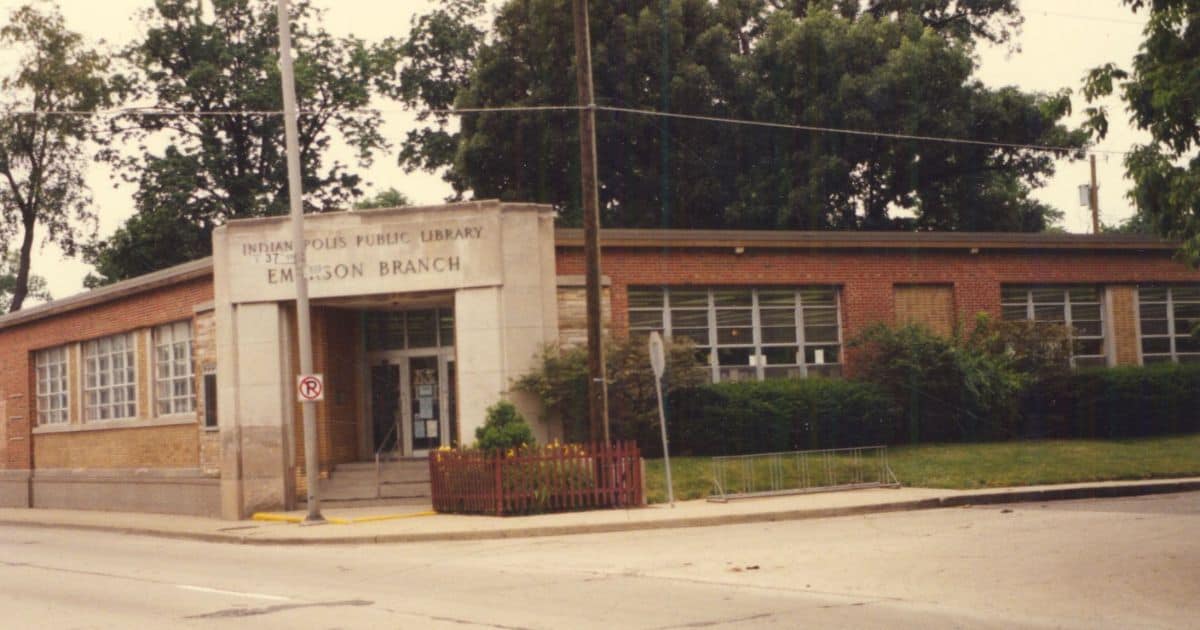
Reading the words Dr. Martin Luther King Jr. left behind, thinking about them and talking to others about them, is one way to honor him on January 19, 2026, the day commemorating his birth and legacy.
Dr. King’s writings include not only books, but masterful speeches and many letters. Below is a selection of his books, speeches, and one letter, which many consider one of the most important documents of the Civil Rights Movement. These featured writing selections are available to you for reading or listening online, or for check out with your Indianapolis Public Library card. You can take just ten minutes to read a letter, 20 minutes to listen to one of his speeches, or several days to do a deep dive into one of his books to learn about, re-connect with, remember, or re-commit to his messages about community, equality, and social justice.
“Well, I don’t know what will happen now. We’ve got some difficult days ahead. But it really doesn’t matter with me now, because I’ve been to the mountaintop…and I’ve seen the Promised Land. I may not get there with you. But I want you to know tonight, that we, as a people, will get to the Promised Land.”
~ Martin Luther King Jr. delivered this speech in Memphis, Tennessee, on April 3, 1968, less than 24 hours before his assassination on April 4, 1968.
Five Speeches
I Have a Dream
Delivered on the steps of the Lincoln Memorial in Washington, D.C., August 28, 1963. Read and listen to audio of his “I Have a Dream” speech. (17 minutes)
Our God is Marching On
Delivered in Selma, Alabama after the march to Montgomery, March 25, 1965. Read or listen to audio of his “Our God is Marching On” speech. (4 minutes)
Beyond Vietnam: A Time to Break the Silence
Delivered at Riverside Church, New York City, April 4, 1967. Read or listen to audio of his “Beyond Vietnam: A Time to Break the Silence” speech. (1 hour)
The Other America
Delivered at Grosse Pointe High School, March 14, 1968. Read his “The Other America” speech.
I’ve Been to the Mountaintop
Delivered in Memphis, Tennessee, April 3, 1968, one day before he was assassinated on April 4, 1968. Read his “I’ve Been to the Mountaintop” speech.
(More Fascinating featured documents can be found at the Stanford Martin Luther King Jr. Research and Education Institute.)
One Letter
Letter From a Birmingham Jail
Written April 16, 1963 from the Birmingham jail where Dr. King was held for participating in a nonviolent demonstration against segregation. The letter was written in response to a letter called “A Call for Unity” published on April 12, 1963 by eight white religious leaders of the South who took issue with the demonstration.
- Read “A Call for Unity” from the eight religious leaders.
- Read Dr. King’s response “Letter From a Birmingham Jail.”
- Listen to an audio recording of Dr. King’s response “Letter From a Birmingham Jail.” (32 minutes, read by the Director of the Civil Rights Memorial Center, Lecia Brooks, as part of a wordwide celebration of the of the 50th anniversary of it’s writing.)
Six Books

Stride Toward Freedom: The Montgomery Story (1958) Dr. King’s first book, it tells the story of the Montgomery Bus Boycott from the early strategic planning to pushback from the white community to the eventual success of establishing a desegregated city bus service. print | print | e-book | downloadable audiobook
The Measure of a Man (1959)
A collection of meditations and prayers written 10 years before the civil rights leader was assassinated. print
Strength to Love (1963)
This is a collection of Dr. King’s iconic sermons. print | print | print | e-book

Why We Can’t Wait (1963)
His argument for equality and an end to racial discrimination that explains why the civil rights struggle is vital to the United States. print | print | e-book | downloadable audiobook |audiobook CD
Where Do We Go From Here: Chaos or Community? (1967)
The book in which he outlines the trends in the African American struggle during the sixties, and calls for peaceful coexistence between the African American and white communities. print | e-book | downloadable audiobook |audiobook CD
The Trumpet of Conscience (1968)
A collection of five lectures from 1967 that address racial equality, conscience and war, the mobilization of young people, and nonviolence. print | e-book
Visit the Center for Black Literature & Culture at Central Library
You can check out Dr. King’s books and many more at the Center for Black Literature & Culture (CBLC), a space at Central Library dedicated to celebrating the vibrant and resilient heritage and triumphs of those born of African roots. The CBLC’s collection includes specially selected literature, music, movies, and artwork highlighting the contributions of black icons, specifically those with Indiana roots.

Black Biopics
Biopics are films about historical figures and events. While directors and producers often take dramatic license in these films, at their core these films help audiences learn, become inspired, and share in the emotional journey of the characters. Below are biopics depicting Black stories and people.
Books for Kids to Celebrate Dr. Martin Luther King Jr.
In honor of Martin Luther King Jr. Day, here are 25 books for children that highlight Dr. King’s life and legacy fighting for justice.
The Racial Equity Collection
The Racial Equity Collection makes it easier than ever for Library patrons to access antiracism and social justice resources. The Library purchased thousands of new materials including books, e-books, audiobooks, DVDs, and Blu-rays. The materials span a wide range of genres, with titles suited for children, teens, and adults. See the collection online.






































































